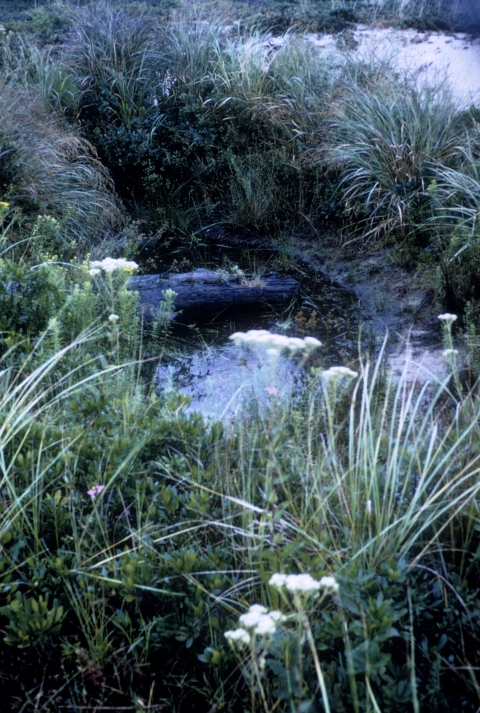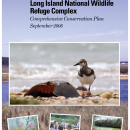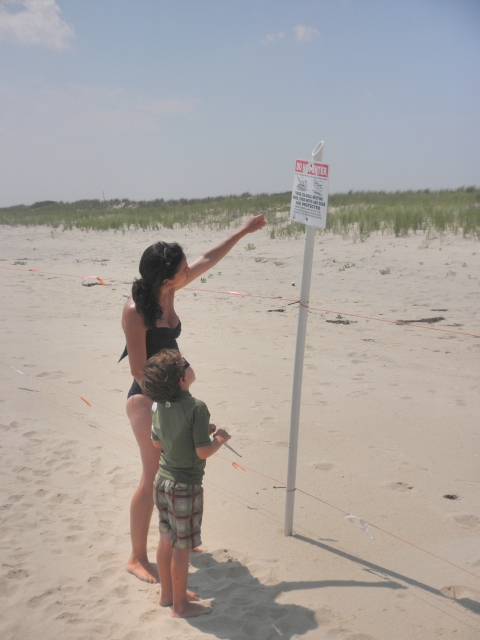Visit Us
Know Before You Go
There are no amenities located at this national wildlife refuge national wildlife refuge
A national wildlife refuge is typically a contiguous area of land and water managed by the U.S. Fish and Wildlife Service for the conservation and, where appropriate, restoration of fish, wildlife and plant resources and their habitats for the benefit of present and future generations of Americans.
Learn more about national wildlife refuge . Only the beach section of the refuge is opened to the public. The back dune area is closed to all entry.
Location and Contact Information
About Us
Double Dune System
Amagansett National Wildlife Refuge has a unique double dune system, a habitat type that has been lost on much of Long Island due to development. In the spring and summer, the secondary dunes and swale display an impressive array of rare orchids, wildflowers and grasses.
Tours
Points of Interest
- Open sunrise to sunset
- Amagansett National Wildlife Refuge graces the shore of the Atlantic Ocean on Long Island’s south fork in the town of East Hampton. This 36-acre former lifeboat station was acquired in 1968. The protection and management of fragile shore habitat and wildlife give Amagansett special significance. This beach section of the refuge is opened to the public.
- Walk the beach looking for seaside animals such as shorebirds and seals.
- Photograph birds including roseate terns and piping plovers.
What We Do
Wildlife conservation is at the heart of the National Wildlife Refuge System. It drives everything on U.S. Fish and Wildlife Service lands and waters managed within the Refuge System, from the purposes for which a national wildlife refuge national wildlife refuge
A national wildlife refuge is typically a contiguous area of land and water managed by the U.S. Fish and Wildlife Service for the conservation and, where appropriate, restoration of fish, wildlife and plant resources and their habitats for the benefit of present and future generations of Americans.
Learn more about national wildlife refuge is established to the recreational activities offered to the resource management tools used. Using conservation best practices, the Refuge System manages Service lands and waters to help ensure the survival of native wildlife species.
Refuges deploy a host of scientifically sound management tools to address biological challenges. These tools span active water management to wilderness character monitoring, all aimed at ensuring a balanced conservation approach to benefit both wildlife and people.
Our Species
Piping Plovers
Piping plovers, federally listed as threatened, arrive at the refuge between mid-March and early April. Before the bird arrive fencing put up on a portion of the beach area to ensure the birds have the privacy they need. Once a full clutch of eggs has been laid, the refuge erects a wire exclosure around the nest. This keeps predators away from the nest, while allowing the birds to come and go. Interns monitor hatching and fledging rates. The heaviest use of the refuge by plovers occurs in July: not only nesting adults and their young, but also adults and fledglings from other areas forage and loaf there.
Terns
Terns are highly visible species at the refuge in late spring and early summer. The most common species include two state-designated threatened species, the common tern and the least tern, and the federal-listed endangered species, the roseate tern. The refuge beach is a favorite loafing site and the surrounding bay provides excellent foraging habitat for all tern species at that time of year. The refuge also serves as a local staging area for many terns before the breeding season.
Projects and Research
Current Projects Include
Each spring, refuge staff install interpretive signs and symbolic fencing to protect piping plover habitat at the Amagansett and Elizabeth A. Morton refuges. The symbolic fencing protects eggs, chicks, and nesting habitat for piping plovers, least terns, common terns, and American oystercatchers. Interpretive signs help educate the public about the piping plover and how they can help this federally protected species during nesting and chick rearing. These protections safeguard important beach nesting bird habitat. Our first plovers arrive in April and get busy establishing a territory!



